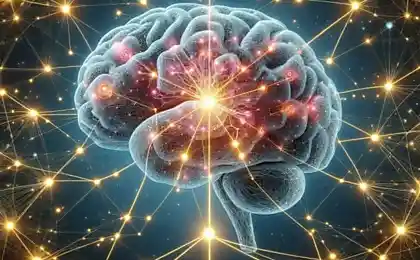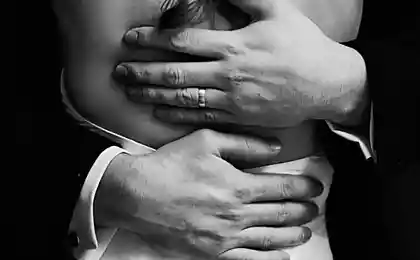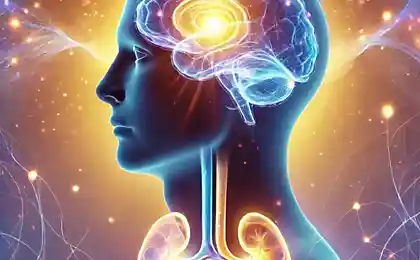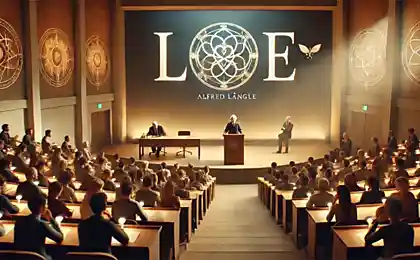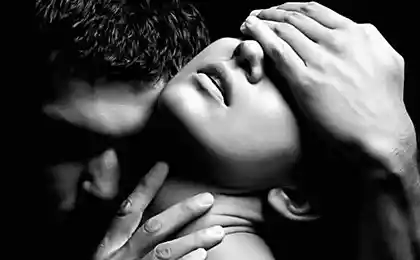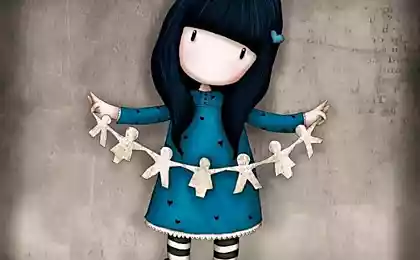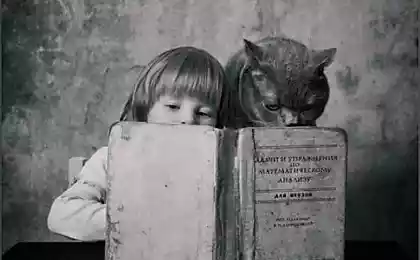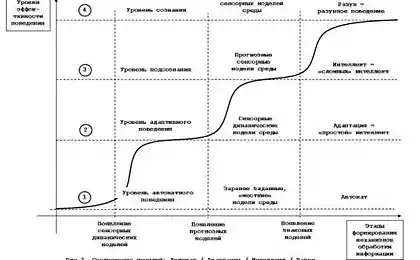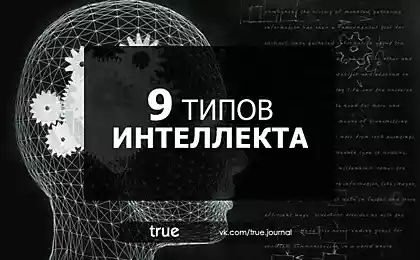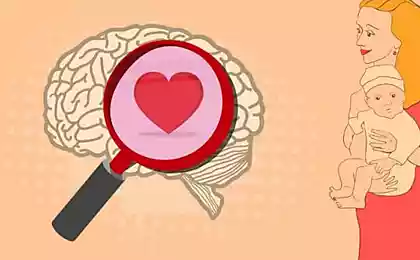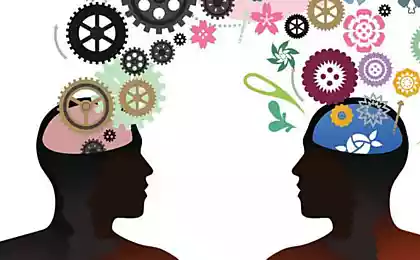165
When Love Doesn't Come: A Scientific Approach to Personal Crisis
Why personal life doesn’t work out – and how to fix it without magic

Non-Obvious Causes of Repeated Failure
According to a study by the American Psychological Association, 68% of people who experience relationship difficulties experience three basic patterns. . .
Three dangerous myths
- Myth 1: True love should be easy (Reality: Long-term relationships require skills)
- Myth 2: “The partner must change” (reality: change begins with self-reflection)
- Myth 3: “Chemistry = compatibility” (reality: passion and partnership are different brain systems)
Workshop: How to break the cycle
Step 1. Audit of emotional attitudes
Keep a "Diary of Relationships" 21 days: record the moments when:
- Fear of intimacy
- Project past experiences onto a new partner
- Consciously Sabotaging Relationship Development

Step 2. Attachment muscle training
Neuropsychologist John Bowlby has proven that attachment style is a skill, not a sentence. Experiment:
- Make a list of 5 “uncomfortable” requests to a friend (like asking for support)
- Record physical reactions (shaking, sweating) as markers of fear of intimacy
- Analyze the real consequences vs. catastrophic expectations
Case Stade: The Story of Maria (age 34)
After 7 failed relationships, Maria discovered a pattern: an unconscious choice of emotionally unavailable partners. Decision: . .

Glossary
Emotional intelligence
Ability to recognize and regulate emotions – yours and your partner
projection
Unconscious attribution to a partner of their own unconscious qualities
Cognitive distortions
Systematic thinking errors that distort perception of reality
Conclusion: Relationships as conscious choices
According to the NIH, the ability to have a healthy relationship is 40% dependent on the skills you train. . .
"Only Between Us": Why It's So Hard to Keep Secrets
I'm grateful for... How to learn to see light in the shade


